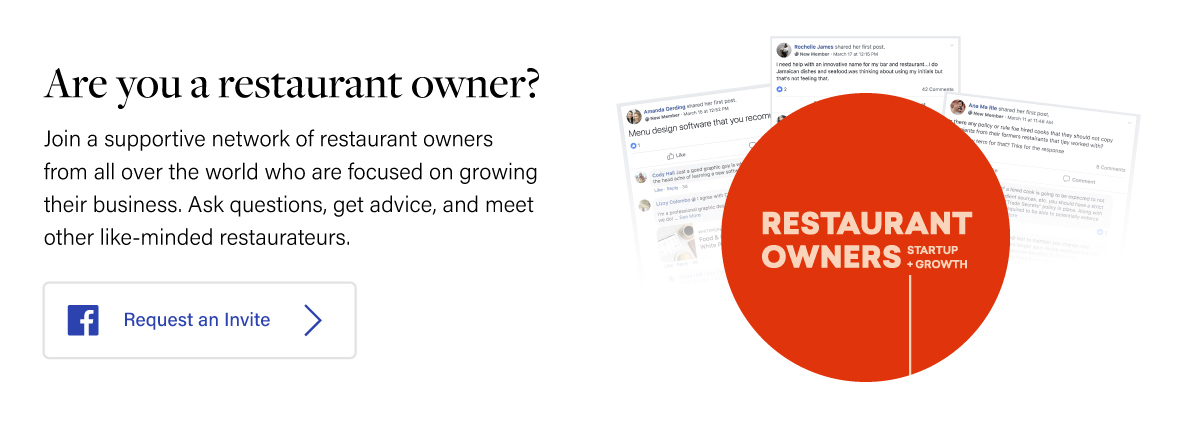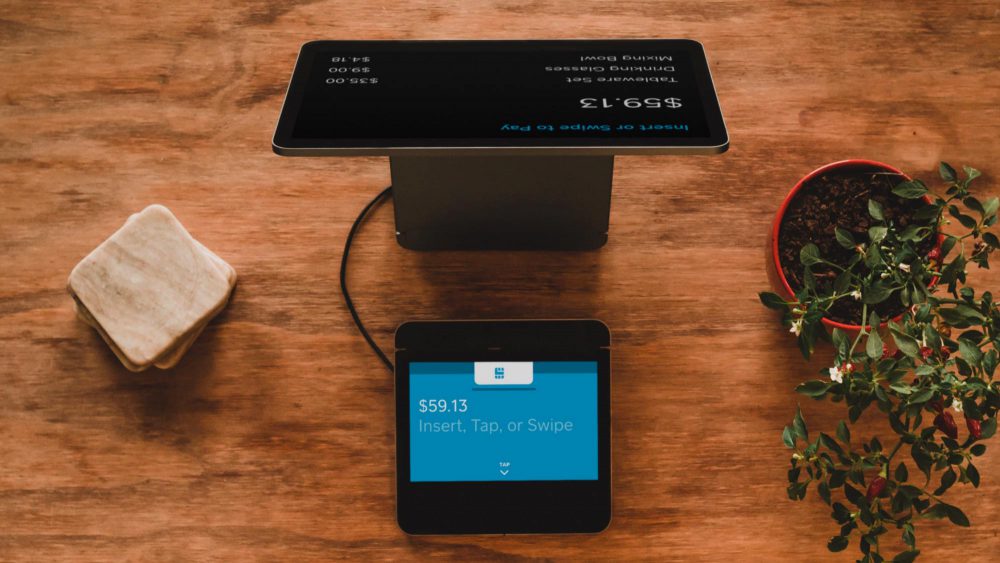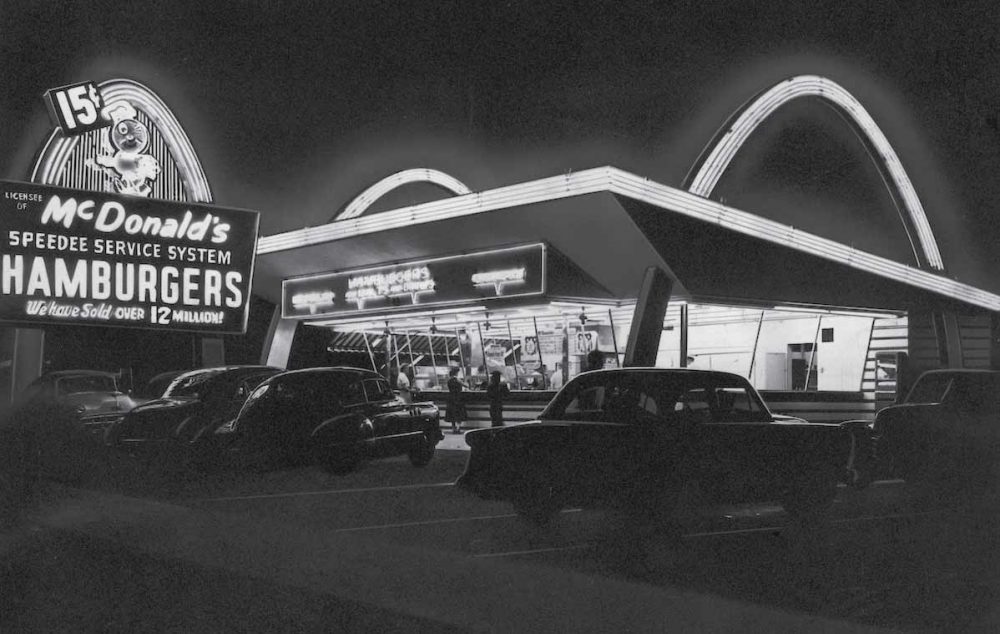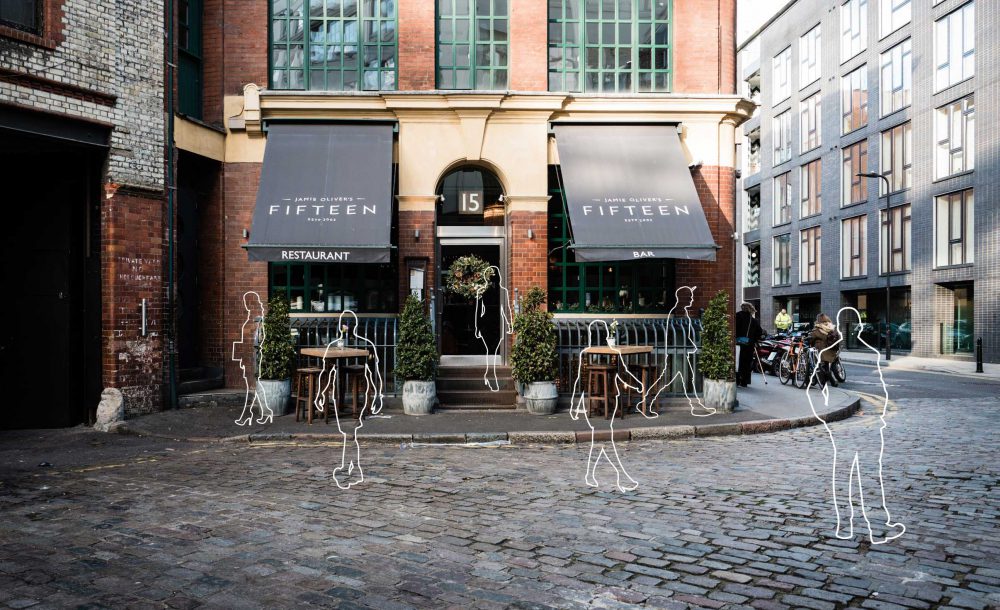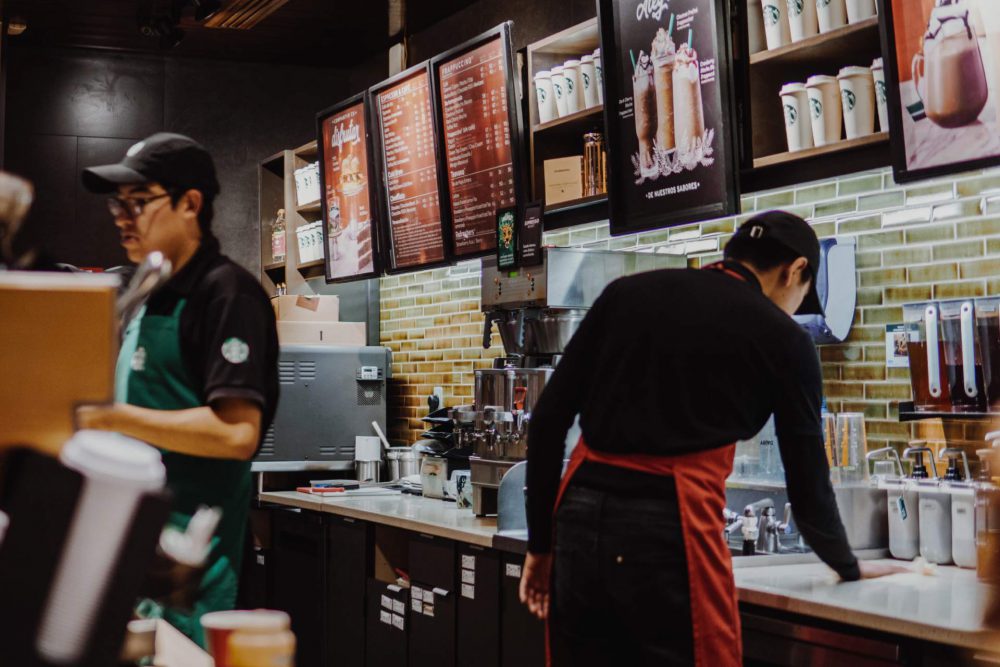Eating Out of Your Hand: 3 Tips for Building Restaurant Brand Loyalty
March 21, 2019
Jeremy Wells
How to Build Brand Loyalty for Your Restaurant
When considering what to eat, your customers have a variety of options – other restaurants, delivery services, fast food and eating at home. In such a competitive industry, it is essential for your business success to keep your customers regularly coming back for more. The Gartner Group reports that 20 percent of a business’ existing customers can generate as much as 80 percent of its profits. There are 3 keys to fostering those customers so that the 20 percent grows quickly and is a significant group that will provide a profit.
Build a Memorable Brand
Gone are the days when it was enough to simply exist. People used to eat at a restaurant because it was close by. Location was one of the most important factors. Now with so many options – especially delivery – a restaurant needs much more than a well-placed building. Every successful business must have a brand behind it. If you are not sure where to start, keep in mind that the most successful brands start with a story. Perhaps the owner has a compelling background, or maybe the restaurant is founded on strong principles such as only using local ingredients. If you’re unfamiliar with restaurant branding, you may want to consider hiring help from a restaurant marketing agency, who can help you craft a strong identity.
Gone are the days when it was enough to simply exist.
Once you’ve decided on your brand’s story, advertise aggressively. It isn’t enough to have a brand – it must be communicated well. Your potential customers need to understand your brand and have the opportunity to engage with it before they even step foot inside your restaurant. Advertising options are abundant and it depends on the type of restaurant, target customers, and competitive landscape as to what an appropriate marketing mix will consist of. A restaurant marketing agency can help you with advertising placement and other specifics if you want to ensure success.
In addition to having a story, another way to build up your restaurant’s brand is to support the local community. There are a lot of ways you can do this. Dine and Donates, events where a restaurant partners with a local organization and donates a percentage of profits from the event, are incredibly popular. Churches, government groups, school clubs, and other organizations are all likely participants in Dine and Donate programs. Once you begin advertising these types of events, it is likely that other groups will reach out to you as well.
Restaurants can also consider donating gift cards or certificates to local fundraising raffles. Not only does this show support for the fundraiser, but it is also an opportunity for added exposure. If you are concerned about giving away cash as you launch your business, there are other ways to support the community as well. Some restaurants have success featuring local artists or musicians. Other restaurants give leftovers to local homeless organizations. Supporting the community is a great way to not only establish your restaurant’s brand, but it can also help you differentiate your restaurant from the competition.
Employees are another facet of restaurant branding that is sometimes overlooked. It is important to treat your employees well. Each employee has friends and family that they will (or will not) choose to refer to your restaurant. Besides the people your employees know, your employees are your brand representatives. If they are treated fairly, they will be happier and have more respect for the restaurant’s brand. In addition, customers may feel that if a restaurant that does not seem to care about its employees then it does not care about its customers either. Make sure your employees look clean and professional. Providing perks, such as meal incentives while working or even during off-hours, can be a way to provide a positive experience for your brand ambassadors.
Once you’ve established your restaurant’s brand, began advertising it, and made sure that the brand is obvious in every part of your restaurant, you will have already started to turn on the most powerful marketing machine that exists – word of mouth.
Foster Positive Word of Mouth
Many restaurant owners look at word-of-mouth as something that happens to their business and are outside of their control. However, that is not entirely true. Your customers will talk about their experiences. According to Hubspot, consumers casually discuss brands more than 90 times per week. If you focus on giving your customers a positive experience, chances are they will soon be referring friends and becoming increasingly loyal to your brand.
One of the most important aspects of a restaurant to focus on is the quality of the food. Make sure you, and your team, are all dedicated to the same standards. If it is feasible, buy what you can locally, as it will be the best quality. Also, be sure that you and your team have a good understanding of the food. It is critical to cater to a variety of allergies and specific diets like gluten-free, vegetarian and vegan, and a big part of being able to meet those unique needs is to know exactly what is in every dish.
Providing quality food is only part of the battle. Your team must also provide outstanding customer service. Some restaurant owners are so invested in their product that they may take a customer’s criticism personally and respond negatively. For a business to be successful, you must instead fix mistakes quickly and build a team that is dedicated to customer satisfaction.
This goes for social media as well. Social media can help you keep your brand top-of-mind; which is an excellent way to foster word-of-mouth referrals and also build more brand awareness. But with social media, there is always a certain amount of feedback. You should strive to respond to every customer comment – positive and negative. And again, with any problems that arise, do your best to make it right. Even if a customer happens to have a negative experience, they will be much more likely to forgive and try again if the brand is sympathetic and proactively addressing concerns than if the brand is dismissive.
Lastly, you can also consider a referral program, especially as your restaurant is first launching. One successful restaurant simply gave a gift card to their initial customer if they found out that that customer had referred a new customer. The program wasn’t advertised or guaranteed, but it was a nice gesture and facilitated more referrals early on. Other restaurants have done more formal programs with specific rule and rewards. A referral program is certainly something to consider as you think about building customer loyalty.
Remarketing is King
The best way to keep your customers returning is to continue to remind them of your business. Organic social media is one avenue for doing this. However, it is not always the most effective channel of communication for brands.
Email and text message marketing tend to be the channels that provide the highest returns. Collect customer information via business card collection, sign-up sheet, or see if your point-of-sale system will store it for you. You may want to offer an incentive for a customer signing up. Once you have obtained their information, then you can stay at the forefront by sending out notifications about new menu items, specials, promotions or other announcements. You can also consider sending out a monthly newsletter, which is a great place to advertise your restaurant’s community engagement and continue establishing your brand.
Another option is paid digital advertising. The two most common types are paid social advertising and search engine marketing. There are a lot of factors when determining which restaurant advertising strategy will be most appropriate for your business, so it may be wise to consult with a restaurant advertising agency if you want to take advantage of these types of advertising strategies.
One common way restaurants build brand loyalty is by launching a loyalty program. A loyalty program is a signal to your customers that you are appreciative of their business. According to upserve.com, 57 percent of adult consumers say they are more likely to dine somewhere when they receive perks for their loyalty. Common restaurant loyalty programs utilize paper punch cards or plastic rewards cards. However, the most utilized loyalty programs are digital – either apps or simply store the information for the customer and retrieve it each time the return.
If you are interested in implementing a rewards program, invest the time to find a reward tracking system. Many of these systems will work with the others that you already have in place, like your point-of-sale system. Digital loyalty programs often provide much higher returns than old school paper punch cards.
Building customer loyalty in the competitive food industry is not easy, but it is vital to success. Remember that it all starts with a strong brand. Your well-established brand will be a facilitator for positive word-of-mouth marketing as well as increase customer loyalty. A restaurant marketing agency can help you if you are having trouble envisioning or communicating your brand.
Jeremy Wells
Partner at Longitude°
Jeremy is the author of Future Hospitality and Brand Strategist at Longitude°. As a member of the Education Committee for The Boutique & Lifestyle Leaders Association (BLLA) and a content contributor to Cornell University’s Hospitality Vision and Concept Design graduate program, he is a committed thought leader in hotel branding, concepting, and experience strategy.

